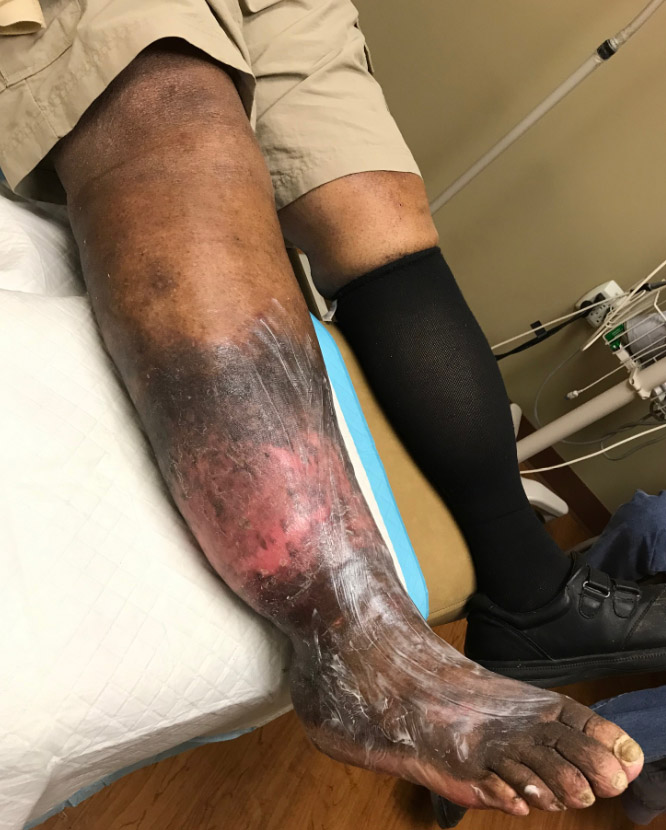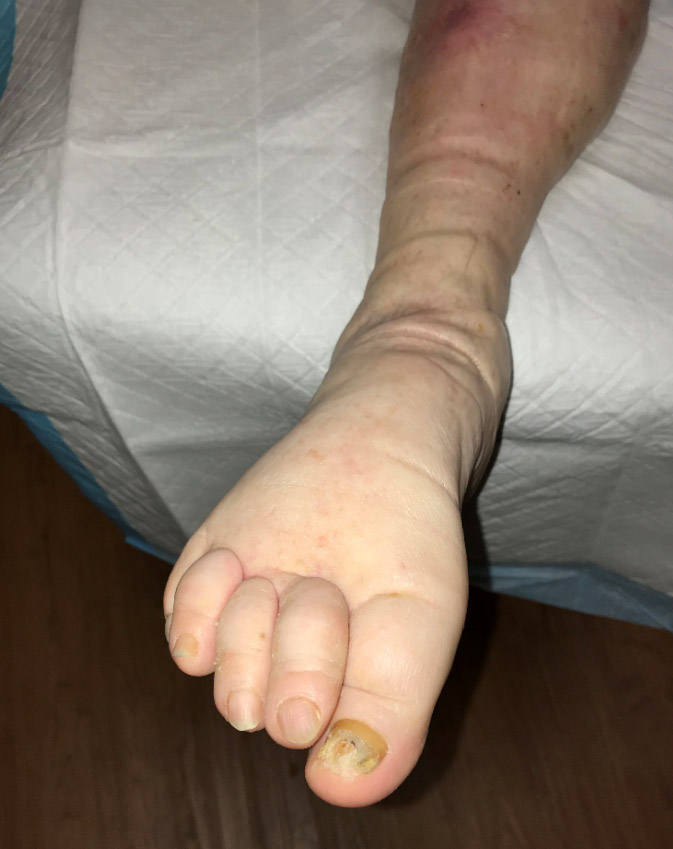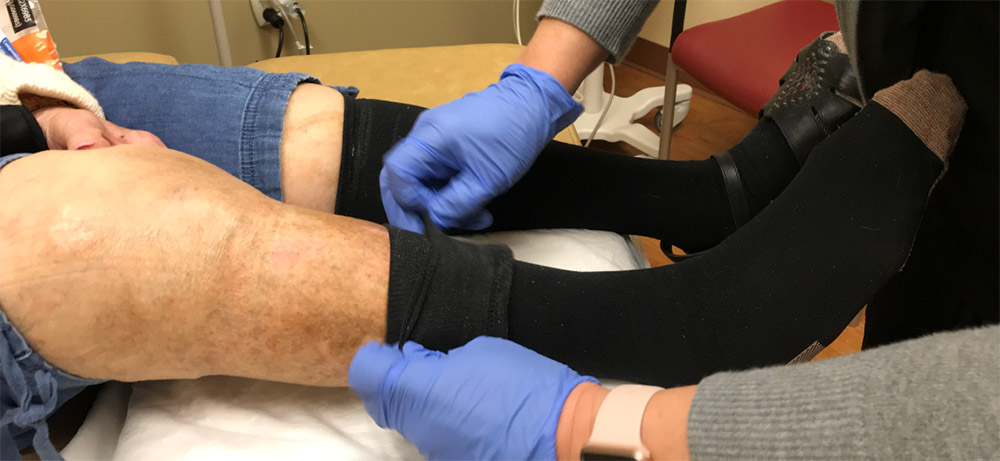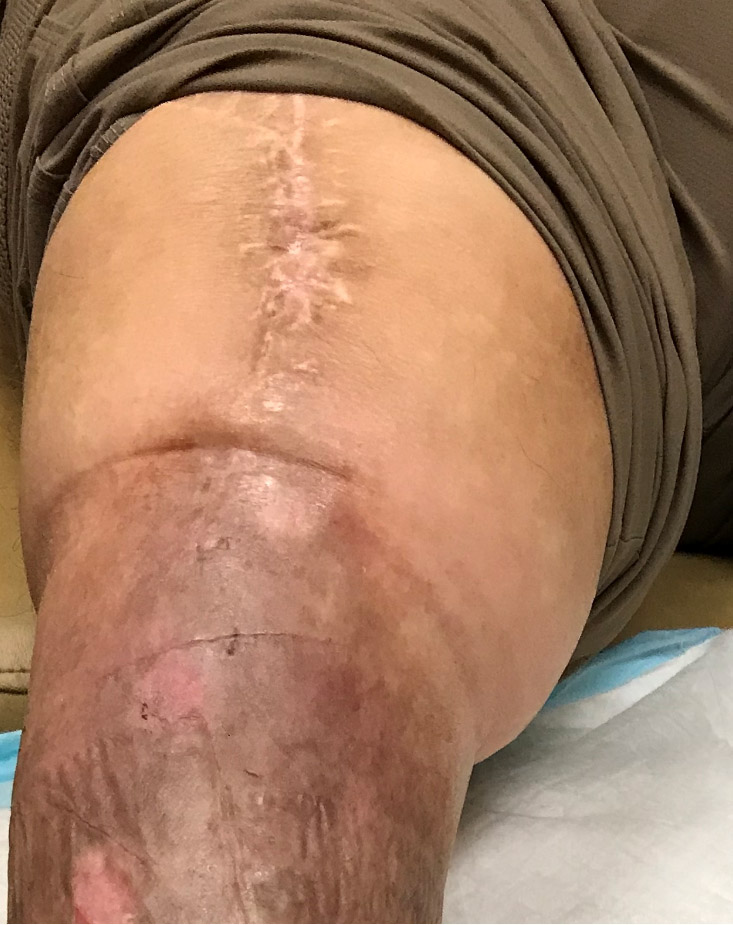I was reflecting on my day in clinic yesterday in which there was an unusual amount of good news in terms of wounds improved or closed. Of course the patients with congestive heart failure and atrial fibrillation were desaturating and short of breath – but they did all bring cookies to clinic for Christmas.
The problem is that almost every single patient with a lower extremity ulcer had lymphedema, and I didn’t have much better control of the lymphedema in the patients whose wounds were improving than those who weren’t. That’s because many patients have had lymphedema for so long, they have chronic limb deformities. As soon as I try to transition them out of compression bandages into some type of garment (I mostly use Juzos, Circaids and Farrow wraps), their edema worsens.
Between heart failure and bad knees, it feels like a losing battle. Nearly every one of them has a lymphedema pump, but I get a lot of “dog ate my homework” stories about why they can’t use it. Many patients with CHF who need diuretics don’t take the full dose because they are incontinent and that’s an unrecognized reason for “non-compliance.”
Lately I’ve been wondering about a short-term admission for some of these patients with a Foley, diuresis, a high protein diet, bed rest and aggressive use of their pneumatic compression device. I am sure it would work temporarily.
In the ones who’ve undergone lymphatic imaging, it’s obvious their lymphatics are severely diseased, but I think medications can cause some of the lymphatic malfunction. There’s so much we don’t know. It’s frustrating and expensive. We’ve got the tools we need to figure it out and a lot of data, but there hasn’t been a real interest in these patients before. But, if it’s possible to have bipartisan support for criminal justice reform – maybe it’s possible that a problem like this will get traction.
I hope wider access to real time near infrared lymphatic imaging will change the future for these patients.
Here’s a talk by Karen Herbst about lymphedema. I’m working with her on a study that involves lymphatic imaging of lipedema patients with indocyanine green.

Dr. Fife is a world renowned wound care physician dedicated to improving patient outcomes through quality driven care. Please visit my blog at CarolineFifeMD.com and my Youtube channel at https://www.youtube.com/c/carolinefifemd/videos
The opinions, comments, and content expressed or implied in my statements are solely my own and do not necessarily reflect the position or views of Intellicure or any of the boards on which I serve.












